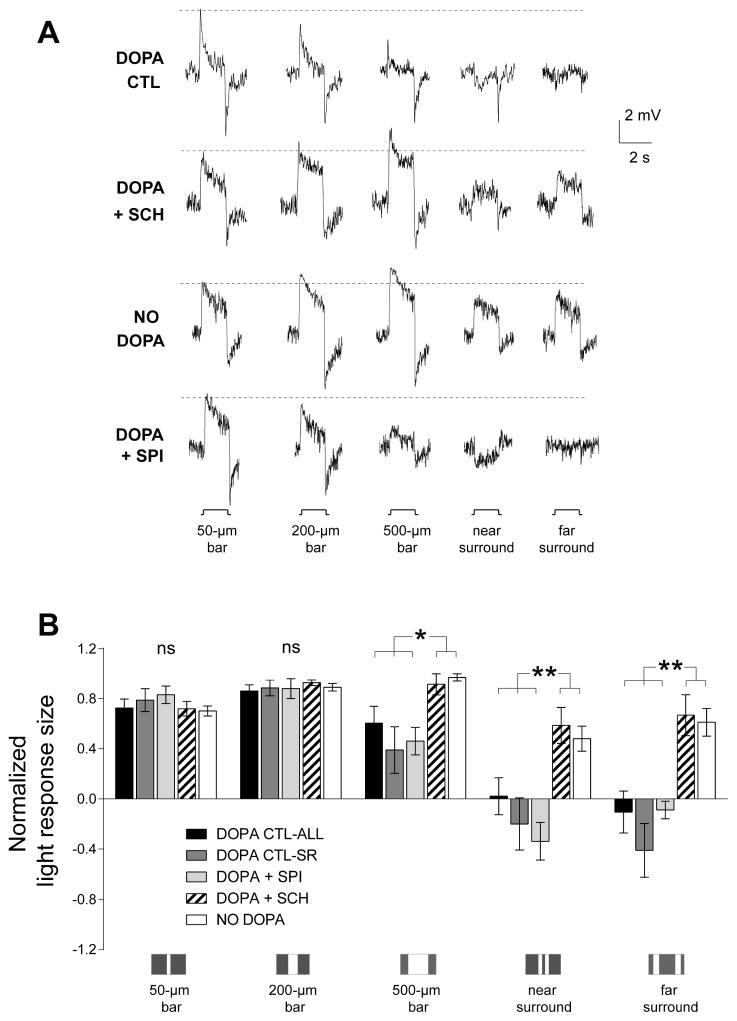Figure 2. ON-cBC surround light responses depend on dopamine D1R activation.
(A) In dark-adapted rabbit retinal slices superfused with an Ames medium that contained dopamine (5 μM) to mimic the effect of maintained (30 min) bright illumination, ON-cBCs (top traces-control, DOPA CTL) exhibited both surround antagonism (i.e., the amplitude of center responses was reduced by simultaneous surround stimulation, as occurred in response to 500-μm (center and surround stimulation) vs. 50-μm (center stimulation only) wide bars), and surround activation (i.e., response to surround stimulation alone was opposite in polarity to the response produced by center stimulation alone, as occurred in response to near surround stimulation). In separate experiments, when the dopamine medium also contained SCH23390 (SCH; 5 μM) for ≥30 min (traces second row from top) or when slices were superfused without dopamine (NO DOPA, traces third row from top) to mimic the effect of maintained darkness, ON-cBCs exhibited minimal surround antagonism and activation. When the dopamine medium also contained spiperone (SPI; 5 μM) for ≥30 min (bottom traces), ON-cBCs exhibited both surround antagonism and activation. On-cBCs with sustained and transient light responses were observed under all four experimental conditions. (B) Average normalized peak response size of ON-cBCs to centered single bar stimuli of various widths (50-, 200- and 500-μm) and to near and far surround stimulation revealed that, with respect to both surround antagonism (p < 0.05) and surround activation (p < 0.01), the entire population of dopamine control cells (DOPA CTL-ALL, n=18), the sub-population of dopamine control cells that exhibited clear surround light responses (DOPA CTL-SR, n=10), and the entire population of cells bathed in both dopamine and spiperone (DOPA + SPI, n=5) were significantly different from the population of SCH-treated ON-cBCs (DOPA + SCH, n=5) and from the cells superfused without dopamine (NO DOPA, n=6). (A, B) Surround responses were evoked by two simultaneously flashed bar stimuli equidistant from the RF center. Near surround stimulation: distance between 50-μm wide bars = 100 μm. Far surround stimulation: distance between 100-μm wide bars = 500 μm. (A) The dotted horizontal lines adjacent to the response traces denote the peak response amplitude of the cells to the smallest centered stimulus (50-μm wide bar).

